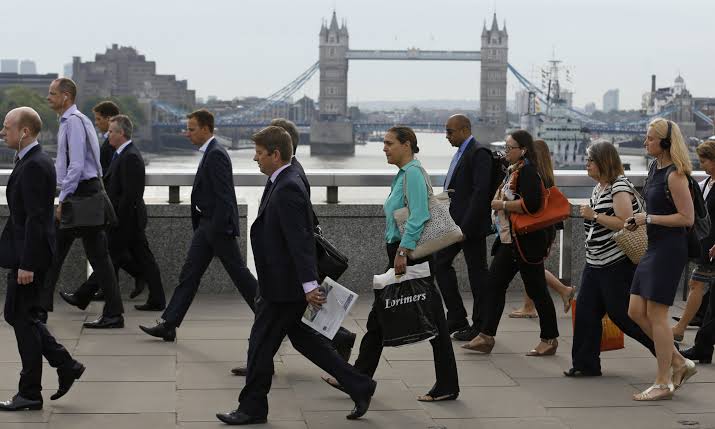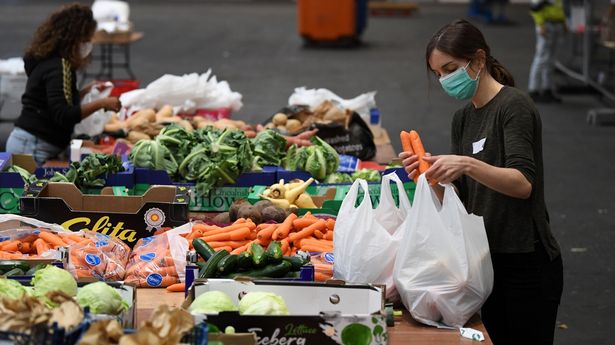Britain’s rate of unemployment has risen again and the number of vacancies fell back further in a sign of a weakening jobs market.
Gatekeepers News reports that the Office for National Statistics (ONS) said the rate of UK unemployment rose from 3.6% to 3.7% in the three months to October.
According to the data, vacancies dropped by 65,000 in the three months to November to 1.9 million – the fifth quarterly fall in a row and the first annual fall since the beginning of last year.
However, the figures signalled that more people are choosing to return to work, with the inactivity rate falling to 21.5% as those in their 50s opt to go back to work at a time of rocketing costs.
The official data said regular wages, excluding bonuses, rose by 6.1% in the three months to October – a record outside of the pandemic – as firms face increasing pressure to increase earnings.
Nevertheless, wages continued to be outstripped by rising prices, falling by 3.9% after Consumer Prices Index inflation is taken into account.
It comes ahead of official figures on Wednesday that are expected to show inflation remaining at eye-watering levels in November, but easing back to 10.9% from 11.1% in October.
ONS head of Economic Statistics, Sam Beckett said, “This quarter the proportion of people neither working nor looking for a job fell, driven by a drop in the number of working-age people regarding themselves as retired.
“This tallies with other data which suggest more people in their 50s are thinking of going back to work, at a time when the cost of living is rising rapidly.
“With more people re-engaging with the labour market, there were more in employment and also more who were actively looking for a job.
“Though job vacancies are still at a very high level, they continue to fall and are now lower than they were a year ago.”
Beckett added, “Some strikes were suspended in September for the state funeral of Her Majesty, but the number of working days lost rose again in October, to the highest monthly level in over 10 years.”







